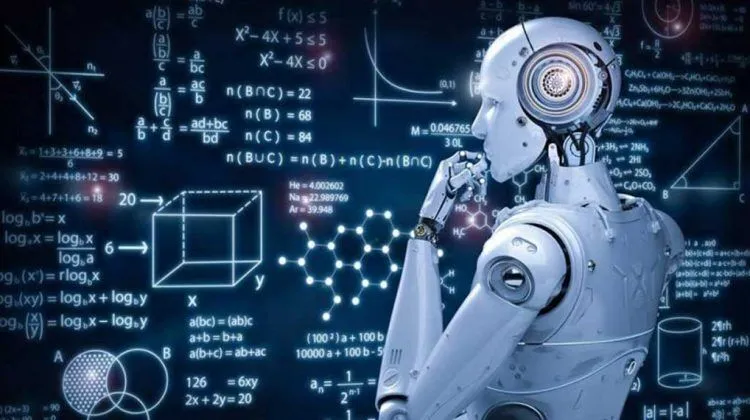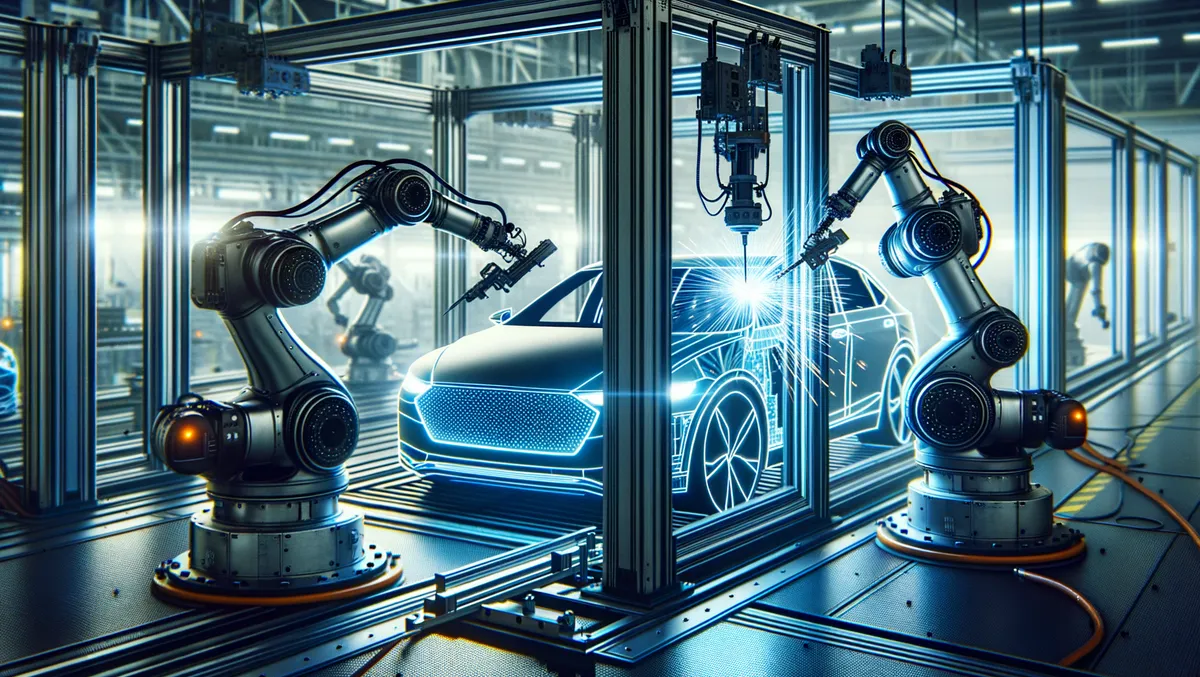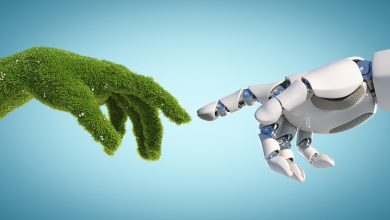What is Robotics?

What is Robotics?
Robotics is an interdisciplinary field that combines engineering, computer science, and various other disciplines to design, build, and operate robots. These machines can perform tasks autonomously or semi-autonomously, often mimicking human actions or functions. Robotics encompasses a broad range of applications, from industrial automation to personal assistants, and is revolutionizing various sectors by increasing efficiency and safety.
Key Components of Robotics
Robotics consists of several critical components that work together to create functional robots:
- Sensors – Robots are equipped with sensors to gather information about their environment. Common sensors include cameras, ultrasonic sensors, and accelerometers. These devices help robots perceive their surroundings and make informed decisions.
- Actuators – Actuators are the components that enable robots to move. They convert electrical signals into physical motion, allowing robots to perform tasks like lifting, moving, or manipulating objects. Types of actuators include electric motors, hydraulic systems, and pneumatic devices.
- Control Systems – Control systems determine how a robot responds to sensory input and commands. These systems can be as simple as a remote control or as complex as advanced algorithms using artificial intelligence (AI) for autonomous decision-making.
- Software – The software runs the robot’s operations, processing sensor data, controlling actuators, and executing tasks. Programming languages like Python, C++, and ROS (Robot Operating System) are commonly used in robotics development.
- Power Supply – Robots require a power source to operate. This can range from batteries to solar panels, depending on the robot’s design and application. Efficient power management is essential for maximizing operational time.

Applications of Robotics
Robotics technology is used in various industries, transforming how tasks are performed. Some notable applications include:
- Manufacturing – Robotics has revolutionized manufacturing processes through automation. Industrial robots perform repetitive tasks such as assembly, welding, and painting, improving efficiency and reducing human error.
- Healthcare – In the medical field, robots assist with surgeries, rehabilitation, and patient care. Surgical robots, such as the Da Vinci Surgical System, enable minimally invasive procedures with precision and control.
- Agriculture – Robots in agriculture automate tasks like planting, harvesting, and monitoring crops. Drones equipped with sensors can survey fields, while autonomous tractors can operate without human intervention.
- Logistics – Robotics plays a significant role in logistics and supply chain management. Automated guided vehicles (AGVs) transport goods within warehouses, improving efficiency and reducing labor costs.
- Service Industry – Service robots, such as vacuum cleaners and delivery drones, are becoming increasingly common in households and businesses. They perform tasks that enhance convenience and improve quality of life.
- Exploration – Robotics is essential for exploration in challenging environments. Underwater robots explore ocean depths, while rovers like NASA’s Perseverance traverse the Martian surface, gathering data and samples.
Benefits of Robotics
The implementation of robotics offers several advantages:
- Increased Efficiency – Robots can perform tasks faster and more accurately than humans, leading to increased productivity. They can operate continuously without fatigue, maximizing output.
- Enhanced Safety – By handling hazardous tasks, robots reduce the risk of injuries in dangerous environments. This is particularly beneficial in industries such as construction and manufacturing.
- Cost Reduction – Automation through robotics can lower labor costs and operational expenses. While the initial investment may be high, the long-term savings often outweigh the costs.
- Consistency and Quality – Robots provide consistent performance and high-quality results. They are less prone to errors, ensuring products meet strict quality standards.
- Flexibility – Modern robots can be programmed for various tasks, making them versatile solutions for changing business needs. This adaptability allows organizations to respond quickly to market demands.
Challenges of Robotics
Despite the many benefits, the field of robotics also faces challenges:
- High Initial Costs – Developing and deploying robotic systems can require significant financial investment. The costs of hardware, software, and maintenance may deter some businesses from adopting the technology.
- Job Displacement – The rise of automation raises concerns about job displacement in certain sectors. While robots can enhance efficiency, they may replace jobs traditionally held by humans, leading to economic challenges.
- Technical Limitations – Robotics technology is still evolving, and limitations exist in areas like dexterity, perception, and decision-making. Robots may struggle with complex tasks that require adaptability and problem-solving.
- Integration Issues – Integrating robotics into existing systems can be challenging. Organizations must consider compatibility with current infrastructure and workflows to ensure smooth implementation.
- Ethical Considerations – The increasing reliance on robots raises ethical questions. Concerns about privacy, security, and the potential for misuse must be addressed as robotics technology continues to advance.

The Future of Robotics
The future of robotics is bright, with several trends shaping its development:
- Artificial Intelligence Integration – The combination of robotics and AI will lead to more autonomous systems capable of learning and adapting to their environments. This will enhance decision-making capabilities and improve overall performance.
- Collaborative Robots (Cobots) – Cobots are designed to work alongside humans, complementing their efforts rather than replacing them. This collaboration will enhance productivity and create safer work environments.
- Advancements in Materials – Innovations in materials science will lead to lighter, more durable robots. Flexible and soft robotics will enable machines to interact safely with humans and navigate complex environments.
- Remote Operation and Telepresence – The ability to control robots remotely will expand their applications, particularly in hazardous environments or disaster response situations. Telepresence robots will enable professionals to work from a distance.
- Expansion into New Industries – As technology advances, robotics will continue to penetrate new industries, such as hospitality, retail, and education. This expansion will create new opportunities for innovation and efficiency.
Conclusion
Robotics is a dynamic field that has the potential to transform industries and improve everyday life. By combining advanced technologies, robots can perform complex tasks with precision and efficiency. Despite challenges, the benefits of robotics are driving innovation and reshaping how we approach various tasks.
As robotics continues to evolve, its applications will expand, paving the way for a future where humans and robots work together to enhance productivity, safety, and quality of life.




